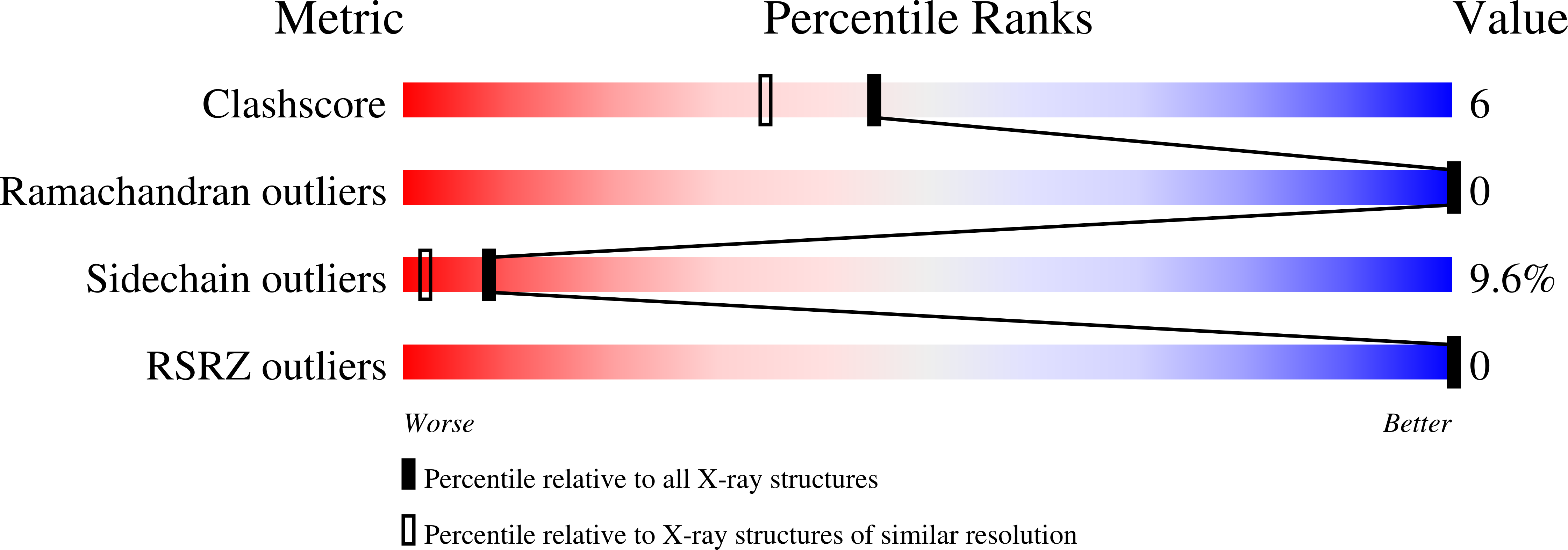
Deposition Date
1999-01-05
Release Date
2000-09-11
Last Version Date
2024-02-14
Entry Detail
Biological Source:
Source Organism:
Enterobacteria phage T4 (Taxon ID: 10665)
Host Organism:
Method Details:


